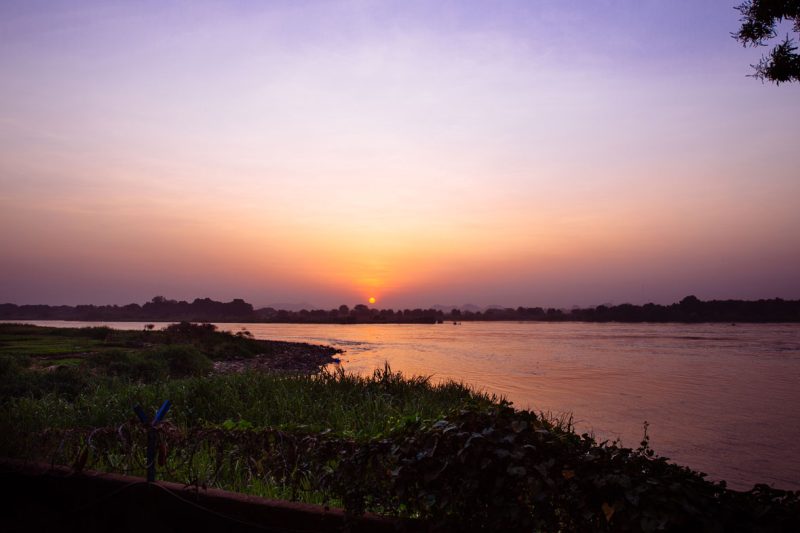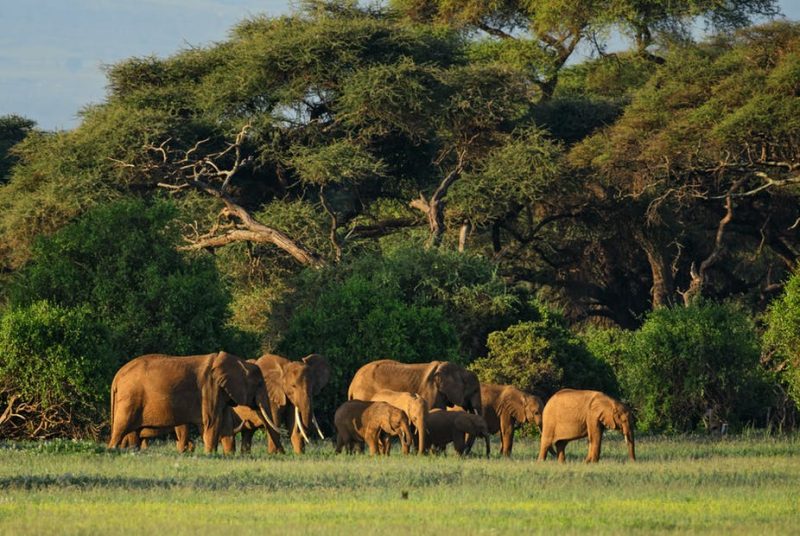South Sudan became the world’s youngest nation after gaining independence from Sudan on 09/July/2011 through a nation-wide plebiscite that was carried out earlier in January.
The right of the people of southern Sudan to determine their own destiny in an internationally-monitored referendum was enshrined in the 2005 Comprehensive Peace Agreement (CPA).
The CPA, signed in the Kenyan capital Nairobi on 09/Jan/2005, ended decades of armed conflict between the Sudan People’s Liberation Movement/Army (SPLM/A) and successive regimes in Khartoum.
In the vote, an overwhelming majority of southern Sudanese opted for separation from northern Sudan. Consequently, South Sudan became the 193rd member of the United Nations and the 54th member of the African Union.
This land-locked country is located in the north-eastern part of the African continent and it is bordered by eight countries; Sudan in the north, Uganda in the South, Ethiopia to the east and Kenya towards the southeast.
South Sudan is also bordered on the west by the Central African Republic and on the southwest by the Democratic Republic of Congo.
Some 64 ethnic groups – mostly Nilotic and Bantu – inhabit this vast expanse of land that boasts equatorial and tropical climates across its plains and mountain ranges.
The main tributary of the River Nile, the White Nile, passes through South Sudan, forming an expansive swamp commonly referred to as the Sudd region. The Sudd, located in Jonglei State, is the world’s largest swamp.
South Sudan’s highest point is Mt. Kinyeti at 10,456 ft. above sea level and it can be found in Eastern Equatoria State.
The country receives a reasonable amount of rainfall, mostly between May and November. Until recently, and owing to the impacts of climate change, the month of May used to be the wettest month of the year, with July considered to be the coolest, when temperatures drop to around 20° C.
With temperatures easily in the neighborhood of 40° C, the month of March appears to be the hottest month.
Decades of conflict in the Sudan insured that South Sudan’s tourism sector, like most other sectors, was never developed, despite limited efforts to sell it as a tourism destination.
The abundance of wildlife spices in their natural habitat, as well as South Sudan’s vast natural resources and game parks, render it an idea tourism attraction.
The country also boasts a number of important historical sites related to the ancient slave trade and exploration of the continent by the Europeans, which any visitor to South Sudan would find worth going to.
Any casual visitor to Juba shall find the sheer sight of the cattle market mesmerizing.
Of course, the White Nile, the world’s longest rivers flows through South Sudan en route to Egypt and the Mediterranean Sea. Visitors have gone on helicopter tours along the Nile or excursions on the Nile itself.

Sunset boat trips to historic islands can be particularly interesting, especially with the option of having meals while cruising on the boat and then barbeque and drinks on the island.
Lovers of nature might definitely want to check out the country’s four most important national parks and more than a dozen game reserves that between them host some of the exciting wildlife in Africa.

This is South Sudan’s smallest, yet most popular national park. The Nimule National Park was established in 1954, a couple of months before Sudan gained independence from Britain.
One of the main purpose for establishing this wildlife sanctuary, which is located in Eastern Equatoria State, on the country’s southern-most border with Uganda, was to protect the White Rhino.
Unfortunately, the White Rhino has since become extinct, but Nimule’s scenic beauty and other attractions, continue to amaze and lure local as well as foreign visitors.
Despite the disappearance of the White Rhino, large varieties of other game species such as elephants, hippopotamuses, warthogs, crocodiles, the Uganda Kobe and baboons, can still be found at the Nimule National Park.
The Fulla Rapids, just south west of Nimule, remains another tourist attraction, particularly for water rafting enthusiasts.
The Boma National Park, located within the Pibor Administrative Area, might not be as popular as its Nimule counterpart, but it has nevertheless earned the reputation of being the most famous.
This park boasts large movements of animal species, including the Tiang, whited-eared Kobe and Mongallah Gazelle, which at one point, was estimated at nearly a million.
Boma’s dense vegetation cover also consists of grassland, woodland, as well as wooded-grassland. Together, they support and sustain large numbers of tiang, zebra, Harte beasts, buffalo, giraffe, Mongallah Gazelle, Roan Antelopes, and many other species.
Of all South Sudan’s national parks, Bandingilo, established in 1992 is the closest to the capital Juba. It sits on an area approximately 10,000 square kilometers on both sides of the Nile River in the Equatoria region.
Bandingilo is home to a variety of animal species, including giraffes, lions, buffalos, cheetahs, leopards, gazelles, tigers and elephants.
It also happens to be the most important wildlife park in the country because it is here that the world’s second-largest animal migration occurs. The world’s largest animal migration is the Serengeti (Tanzania) -Mara (Kenya) wildlife migration.
The park’s vegetation comprises predominantly of grassland and wooded grassland, which offer prime grazing land to large animal species during the dry season, something that has earned it the name “animal refugee camp.”
Some of the most common animals that come here in search of food during the dry season include elephants, lions, cheetahs, hyenas and bush bucks, as well as ostriches.
The Ministry of Foreign Affairs and International Cooperation was founded on July 12, 2011, just three days after South Sudan became an independent nation on July 9, 2011.
© Copyright. All Rights Reserved. 2025. Ministry of Foreign Affairs and International Cooperation, Republic of South Sudan.
You cannot copy content of this page